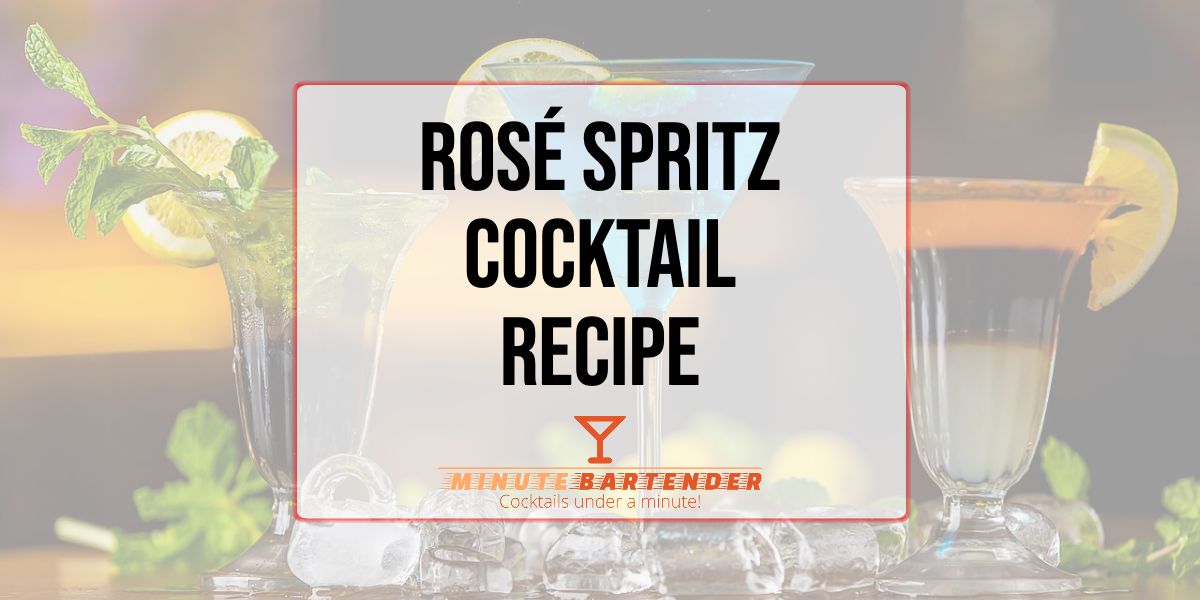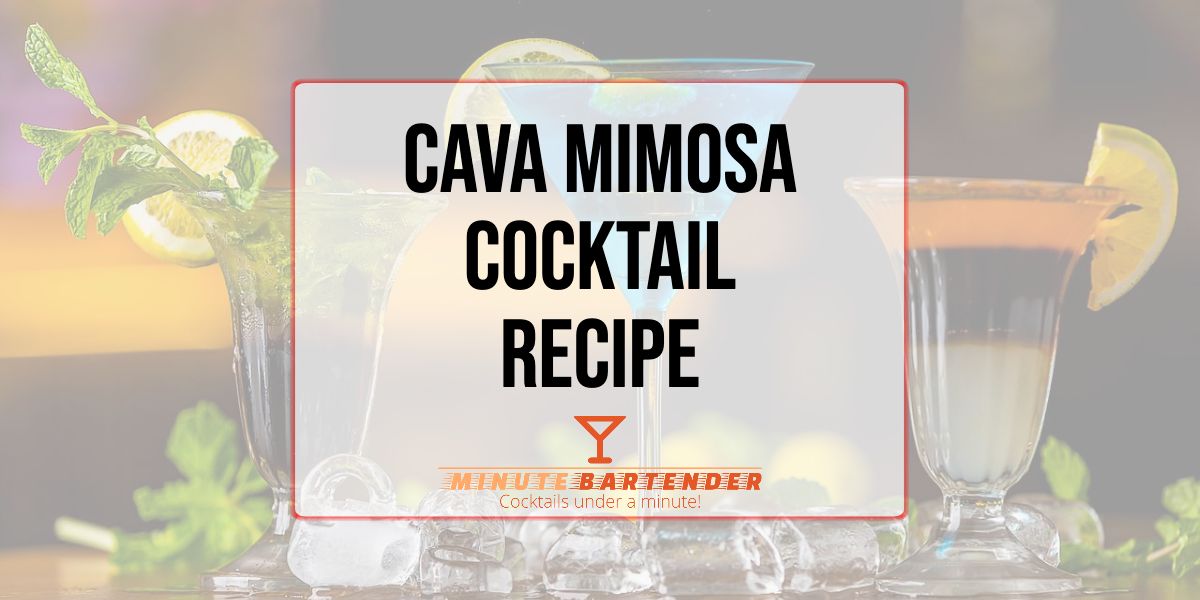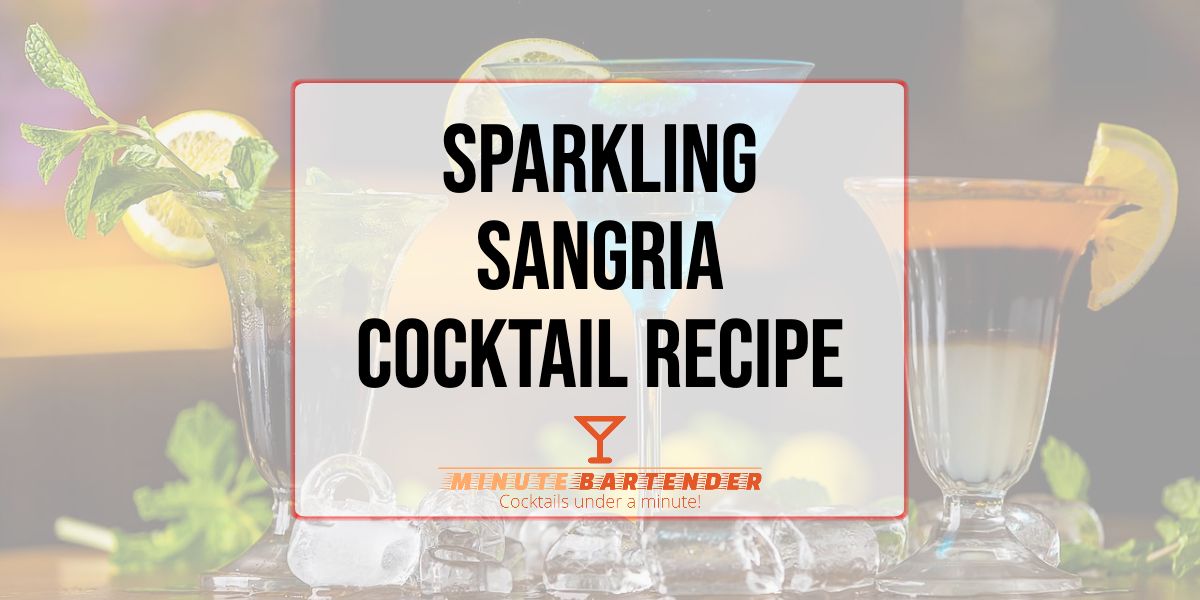Summer calls for refreshing drinks that bring people together. Lemonade Sangria delivers exactly what you need when temperatures rise and social gatherings beckon.
This crowd-pleasing cocktail combines the tartness of fresh lemonade with the complexity of wine and the sweetness of seasonal fruit. You get a drink that looks impressive but requires minimal bartending skills.
Lemonade Sangria Ingredients
Creating the perfect Lemonade Sangria starts with quality ingredients. Each component plays a specific role in building the final flavor profile.
Wine Base:
- 750ml bottle of dry white wine (Sauvignon Blanc or Pinot Grigio work best)
- 1/2 cup white rum or vodka
Citrus Foundation:
- 1 cup fresh lemon juice (about 6-8 lemons)
- 1/2 cup fresh lime juice (about 4-5 limes)
- 1/4 cup simple syrup
Fruit Medley:
- 2 lemons, sliced into wheels
- 2 limes, sliced into wheels
- 1 cup fresh strawberries, hulled and halved
- 1 cup fresh peaches, pitted and sliced
Finishing Touches:
- 2 cups sparkling water or lemon-lime soda
- Fresh mint leaves for garnish
- Ice cubes
Step-by-Step Lemonade Sangria Mixing Guide
Making Lemonade Sangria requires patience for the best results. The fruit needs time to infuse its flavors into the wine mixture.
Preparation Phase:
- Start by washing all your fruit thoroughly. Cut lemons and limes into 1/4-inch wheels. Remove any visible seeds as you slice.
- Hull strawberries and cut them in half. Larger berries should be quartered for better flavor distribution.
- Pit peaches and slice them into wedges. Keep the skin on for added color and texture.
- Pour the white wine into a large pitcher or punch bowl. Add the white rum or vodka to boost the alcohol content.
- Squeeze fresh lemon and lime juice directly into the wine mixture. Strain out any pulp or seeds for a smoother texture.
- Add simple syrup and stir well. Taste and adjust sweetness as needed.
- Drop all sliced fruit into the mixture. The fruit will release its juices and absorb the alcohol over time.
- Cover the pitcher and refrigerate for at least 2 hours. The longer you wait, the better the flavors meld together.
- Before serving, add sparkling water or soda for effervescence. Start with 2 cups and adjust based on your preference for strength.
- Fill glasses with ice and ladle the sangria over top. Make sure each glass gets plenty of fruit.
- Garnish with fresh mint leaves and serve immediately.
Alternative Ingredients and Lemonade Sangria Substitutes
Your pantry might not have every ingredient listed. These substitutions work perfectly without compromising the drink’s character.
Wine Alternatives:
- Rosé wine creates a beautiful pink color
- Moscato adds extra sweetness for dessert-style sangria
- Prosecco makes the entire drink sparkling
Spirit Swaps:
- Silver tequila brings a Mexican twist
- Elderflower liqueur adds floral notes
- Triple sec enhances the citrus profile
Fruit Variations:
- Oranges work when lemons are expensive
- Frozen berries save money and add convenience
- Granny Smith apples provide crunch and tartness
- Pineapple chunks bring tropical flavors
Sweetener Options:
- Honey dissolves easily and adds complexity
- Agave nectar works for those avoiding refined sugar
- Maple syrup creates an unexpected fall twist
What Makes Lemonade Sangria Special
Lemonade Sangria stands out because it solves the common party drink dilemma. You want something that tastes great, looks impressive, and serves many people without breaking your budget.
The beauty lies in its flexibility. Too tart? Add more simple syrup. Not strong enough? Pour in extra spirits. Want it lighter? Increase the sparkling water ratio.
This cocktail improves with time. The fruit releases its natural sugars and absorbs the alcohol, creating a more complex flavor than when first mixed.
You can make it hours ahead of your party. This advance preparation actually improves the final result while reducing your hosting stress.
Lemonade Sangria History and Origins
Traditional sangria originated in Spain and Portugal centuries ago. Wine mixed with fruit, sugar, and water created an affordable way to make lower-quality wine more palatable.
Spanish colonizers brought sangria recipes to the Americas, where local ingredients transformed the original concept.
The modern Lemonade Sangria represents American innovation on the classic Spanish template. Adding fresh lemonade and seasonal American fruits creates something familiar yet distinct.
While no single person can claim credit for inventing Lemonade Sangria, it gained popularity through American wine bars and restaurants in the 1990s and 2000s.
The drink perfectly captures the American preference for citrus-forward cocktails and our love of customizable party drinks.
Lemonade Sangria Taste Profile
Your first sip delivers bright citrus acidity that wakes up your palate. The lemon and lime juices provide the dominant flavor notes.
Wine tannins add structure and prevent the drink from tasting too sweet or one-dimensional. White wine keeps the profile light and refreshing rather than heavy.
Fruit pieces contribute natural sweetness and textural interest. Each bite of fruit carries concentrated flavors that complement the liquid portion.
The spirits add warmth and depth without overwhelming the delicate wine and citrus balance.
Sparkling water provides effervescence that makes each sip feel celebratory and refreshing.
The overall experience is tart, fruity, and moderately sweet with enough alcohol presence to feel substantial.
Serving Suggestions for Lemonade Sangria
Presentation matters when serving Lemonade Sangria. The right glassware and garnishes elevate the entire experience.
Glassware Options:
- Wine glasses showcase the fruit beautifully
- Mason jars create a casual, approachable vibe
- Highball glasses work for individual servings
- Punch cups suit large gatherings
Garnish Ideas:
- Lemon wheels on the rim
- Fresh mint sprigs
- Sugared rim for extra sweetness
- Colorful paper straws
Serve Lemonade Sangria immediately after adding the sparkling component. The carbonation fades quickly, reducing the drink’s appeal.
Keep the pitcher chilled throughout your event. Warm sangria loses its refreshing quality rapidly.
Perfect Appetizers to Pair with Lemonade Sangria
Lemonade Sangria’s bright acidity cuts through rich foods while complementing lighter fare. Choose appetizers that won’t compete with the drink’s citrus character.
Cheese and Charcuterie:
- Goat cheese with honey drizzle
- Manchego cheese cubes
- Prosciutto-wrapped melon
- Brie with fig jam
Seafood Options:
- Shrimp cocktail with cocktail sauce
- Smoked salmon on cucumber rounds
- Ceviche with tortilla chips
- Oysters on the half shell
Vegetarian Choices:
- Caprese skewers with balsamic glaze
- Hummus with fresh vegetables
- Stuffed mushrooms with herbs
- Bruschetta with tomato and basil
Light Proteins:
- Chicken satay with peanut sauce
- Turkey and avocado roll-ups
- Deviled eggs with paprika
- Mini quiches with seasonal vegetables
Lemonade Sangria Alcohol Content (ABV)
Understanding the alcohol strength helps you serve responsibly and plan portions appropriately.
A standard Lemonade Sangria recipe yields approximately 8-10% ABV. This calculation assumes:
- 750ml white wine at 12% ABV
- 1/2 cup spirits at 40% ABV
- 2 cups non-alcoholic mixers
The final ABV depends on your specific proportions and how long you let the mixture chill. Fruit absorption slightly reduces the liquid alcohol content.
Each 6-ounce serving contains roughly the same alcohol as a light beer or small glass of wine.
Nutritional Information for Lemonade Sangria
One 6-ounce serving of Lemonade Sangria contains approximately:
- Calories: 145-160
- Carbohydrates: 18-22 grams
- Sugar: 15-18 grams
- Protein: 1 gram
- Fat: 0 grams
- Sodium: 5-10 milligrams
The fruit provides natural vitamins and antioxidants, particularly vitamin C from citrus fruits. Fresh strawberries add vitamin K and folate.
Simple syrup contributes the majority of added sugars. You can reduce calories by using less syrup or substituting with natural fruit sweetness.
The sparkling water adds no calories, making it the preferred choice over sugary sodas for calorie-conscious drinkers.
Alcohol provides approximately 80-90 calories per serving, representing about half the total caloric content.
Choose organic fruits when possible to reduce pesticide exposure and maximize nutritional benefits.
Lemonade Sangria brings people together while delivering the refreshing flavors summer demands. Mix up a batch for your next gathering and watch it become the evening’s star attraction.











